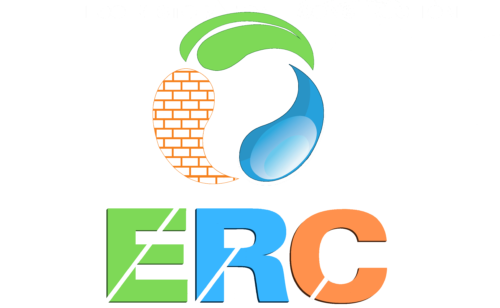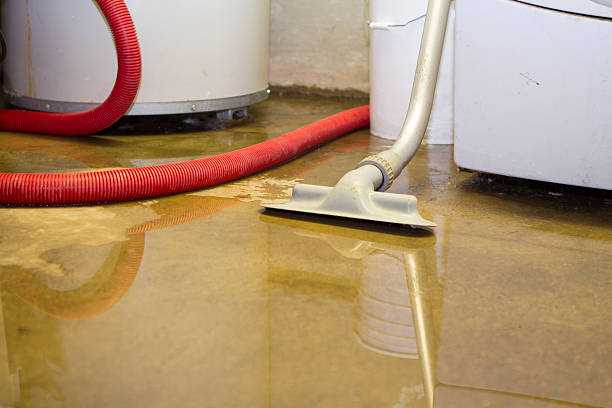Mold growth can result from water damage from leaks, flooding, or high humidity, which can also endanger the integrity of your house and its contents. Following water damage, mold can spread fast, complicating the restoration process.
How fast does mold grow after water damage?
After water damage, mold often develops rapidly within 24-48 hours. If mold has the right conditions for thriving, it can invade your house and spread quickly within 12 days.
With time, there is also a greater likelihood that mold spores may travel from one place to another. These microbes can easily spread throughout your house, contaminating additional spaces and putting your health in danger with each hour. They can also swiftly fill the air.
It’s critical to move quickly and fix any existing water damage. If not, it won’t take long for mold to take over your house and ruin every surface it forms on.
How to avoid mold growth after water damage
After water damage occurs, the best approach to avoid mold growth in drywall is to dry it as quickly as possible.
Since mold typically takes 24 to 48 hours to germinate and thrive, that 48-72 hour window is crucial for preventing mold formation. Once fungus takes root on drywall, it can be a breeding ground for multiple spores, spreading fast in the air surrounding the wall each hour.
A drywall with moisture trapped inside it can degrade, sag, fracture, or fall apart. By applying mold/mildew detergent or bleach, which can delay mold formation on the drywall, you can buy more time and reduce the amount of water exposure.
The area around the wall is risky since it might take between 1 to 12 days for the spores to colonize, depending on the species. Due to the spore colonies’ microscopic size, mold on the drywall might become evident only after 20–21 days, even if the spore colonies are originally invisible.
It is also advantageous to employ water restoration professionals to evaporate the moisture from the air and damaged objects in your home and then pump it out. Faster drying times and lower air humidity levels can limit or stop mold growth on drywall, lowering the likelihood of expensive repairs and health issues brought on by fungal contamination.
Factors that can cause mold to grow faster

Amount of time the water has been there
The time the water has been standing in one place following water damage in your house mostly determines how quickly mold grows there. There are greater odds of rapid mold growth occurring in that location if the water has been sitting there for longer than a few days.
Additionally, if you respond quickly and appropriately, you may be able to prevent mold formation in your house. This implies that you have the damage fixed as soon as possible.
Ventilation in your home
Ventilation is another element that influences how quickly mold develops after water damage. Maintaining an airy, dry environment in your house will slow the process and reduce the possibility of mold formation there.
The temperature of your home
If your house is constantly heated, mold development is more likely. Higher temperatures create the ideal environment for mold to regenerate swiftly.
For this reason, when your home has suffered water damage, we advise you to keep the home cool. Doing this will greatly slow mold growth and improve your chances of treating the issue when it is still relatively minor.
Availability of organic surfaces
Mold spores like organic surfaces because they can feed on them. When they attach to an organic surface, such as wall paint, they quickly disseminate throughout the space. Therefore, having numerous organic surfaces in your house will hasten mold growth.
Conclusion
Mold development is a major issue that requires repair and treatment following leaks, water damage, and flooding. Health problems can undoubtedly result from mold development. Therefore, you must ensure that you get quick repairs to prevent placing your property in danger of mold growth.






